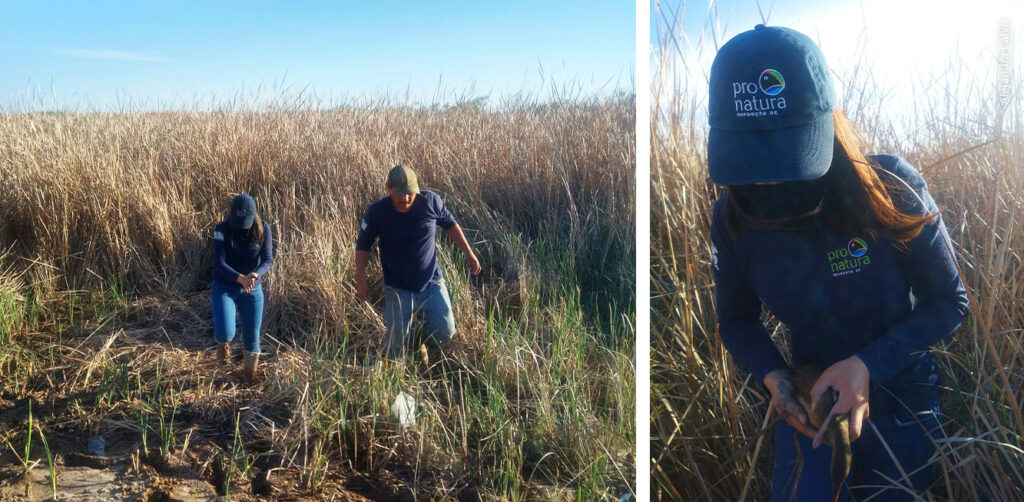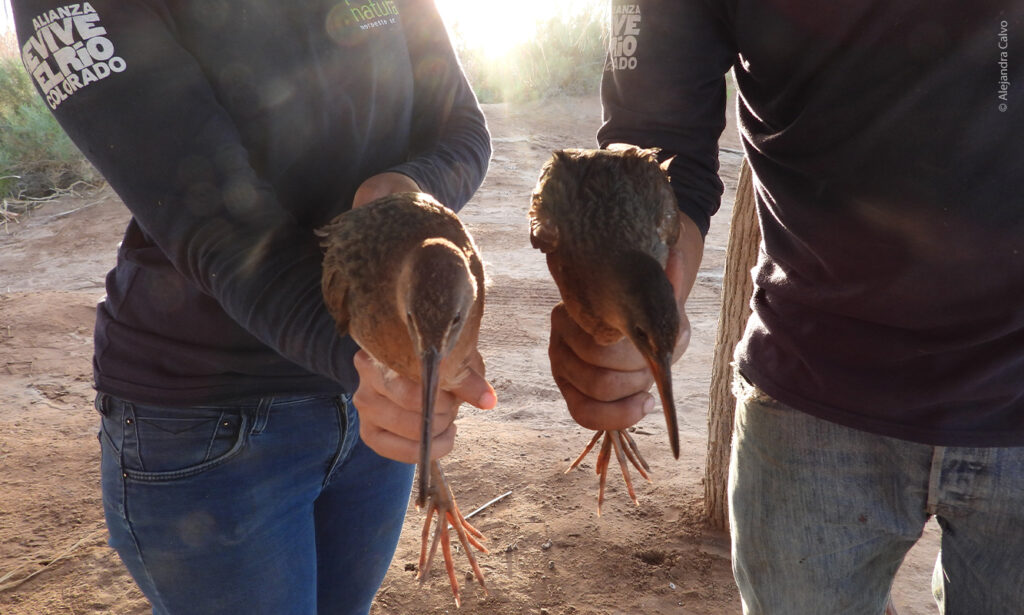Tracking animals in the wild is an effective tool for environmental conservation, as it allows us to better understand habitat use and migratory movements, as well as the identification of important areas for each species. At Pronatura Noroeste we monitor marsh birds in our region, including endemic species to the Colorado River Delta in Baja California and Sonora. A clear example is the Yuma Ridgway’sRail (Rallus obsoletus yumanensis), a bird that belongs to the Rallidae family, measures about 30 to 40 centimeters, feeds mostly on crustaceans, and spends most of its time within the cattails.
Conserving wetlands in the Colorado River Delta is essential for the Yuma Ridgway’s Rail, as it is estimated that 75% of the world’s population inhabits in the Hardy River and the Cienega de Santa Clara, two sites that maintain ideal conditions for the species, includingshallow water and emergent vegetation where these birds breed and nest. However, in recent decades our wetlands have been severely affected, mainly by the reduction of water flows into the Colorado River Delta.
For all these reasons, it is essential to monitor the location and movements of the Yuma Ridgway’s Rail. This April, a team of experts from Pronatura Noroeste fitted a satellite transmitter on three specimens of the Yuma Ridgway’sRail located in the Cienega de Santa Clara. They are a couple, named Clarita and Pepe, and a male, now known as Willy.

Thanks to the small transmitters they carry, Clarita, Pepe and Willy will provide valuable information about their nesting and feeding habitats, as well as their migration dates, stopover sites, and wintering locations. This is important since the Yuma Ridgway’s Rail was long considered a sedentary species, and it was not until recently that it was discovered that they travel during fall from the southern U.S. and the Colorado River Delta to the coastal wetlands of Sonora and Sinaloa to spend the winter.
For over 20 years, Pronatura Noroeste has been leading the monitoring of the Yuma Ridgway’sRail and other birds in the Colorado River Delta, providing critical information on their population changes. This is a bi-national effort of high importance for this region, as the presence of endemic birds helps to evaluate the condition of these wetlands and the success of the environmental restoration efforts.
The successful trapping, processing, and release of Clarita, Pepe, and Willy in the Cienega de Santa Clara were carried out by Benito Rocha, Alejandra Calvo, and Stefanny Villagomez, who are part of Pronatura Noroeste’s biological monitoring team in the Colorado River Delta.
Please help us in continuing our efforts to protect the birds of the Colorado River delta!













